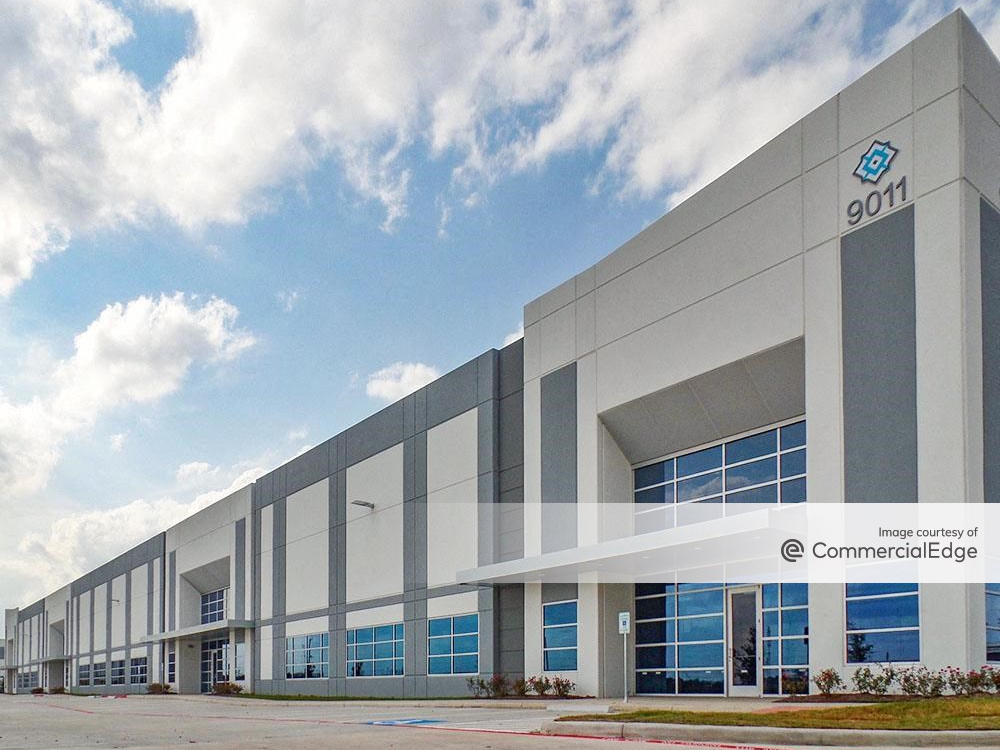REITs Reap Rewards of De-Risking
The lessons of the financial crisis have made a lasting impact on these companies, positioning them for continued growth and stability through year-end, says Fitch Ratings Senior Director Stephen Boyd.
By Stephen Boyd

Stephen Boyd
Long gone are the days of a decade ago when U.S. REITs faced high credit risks—sometimes of their own making. A substantial secular shift has taken hold—REITs now take into account the credit implications of their actions to a far greater degree than in the past. After years of focus on balance sheet and strategy de-risking, U.S. REITs are reaping the benefits and sit well positioned at midyear.
Notable shifts towards more prudent management include stronger portfolio asset quality, better liquidity management and less development risk. Many REITs have established lower leveraged financial policies and have publicly committed to operating inside of them.
Maintaining liquidity and access to capital, such as lengthening average debt maturities, upsizing revolving lines of credit, and establishing and accessing “at-the-market” equity programs is also a priority. On the physical asset side, most REITs have reduced risk by divesting lower-quality assets and limiting development pipelines to manageable, low- to mid-single-digit levels as a percentage of total assets.
Liquid market
Development exposure is substantially less than at its peak in 2007-2008. Strong fundamentals for the industrial REIT sector and prudent development exposure for multifamily REITs support a continuation of this trend through year-end.
Overall, liquidity is improving. Equity REITs expect modest debt maturity in 2018-2019, and access to secured and unsecured debt remains strong—notably in the private placement market.
Companies unable or unwilling to access the public bond markets can obtain funding via other sources of unsecured capital, such as private placement bonds and the bank term loan market. That said, lenders are becoming more discerning, particularly regarding asset classes such as class B malls, where mortgage availability is less plentiful and more discriminating than in prior years.
Equity REIT leverage levels will remain steady, given modestly positive property-level cash flow growth and enhanced cash retention after dividend payments. Many REITs have also funded new investments on a leverage-neutral basis with non-core asset sales proceeds. Current REIT leverage levels are below the average observed over the past 10 years.
Funding risks
Debt capital structures are one area where REITs have made less progress. Exposure and funding risk remains elevated due to greater unsecured term loan borrowing from commercial banks. Bank-borrowing exposure accounted for 16 percent of total debt, as of Dec. 31, 2017, up from 8.5 percent, as of Dec. 31, 2010.
For REITs, the lessons of the financial crisis appear to be learned. Consciously choosing to manage risk across all aspects of the business has led to growth and stability. For all players in the space—including investors, developers and portfolio managers—this new direction has been a positive development.







You must be logged in to post a comment.